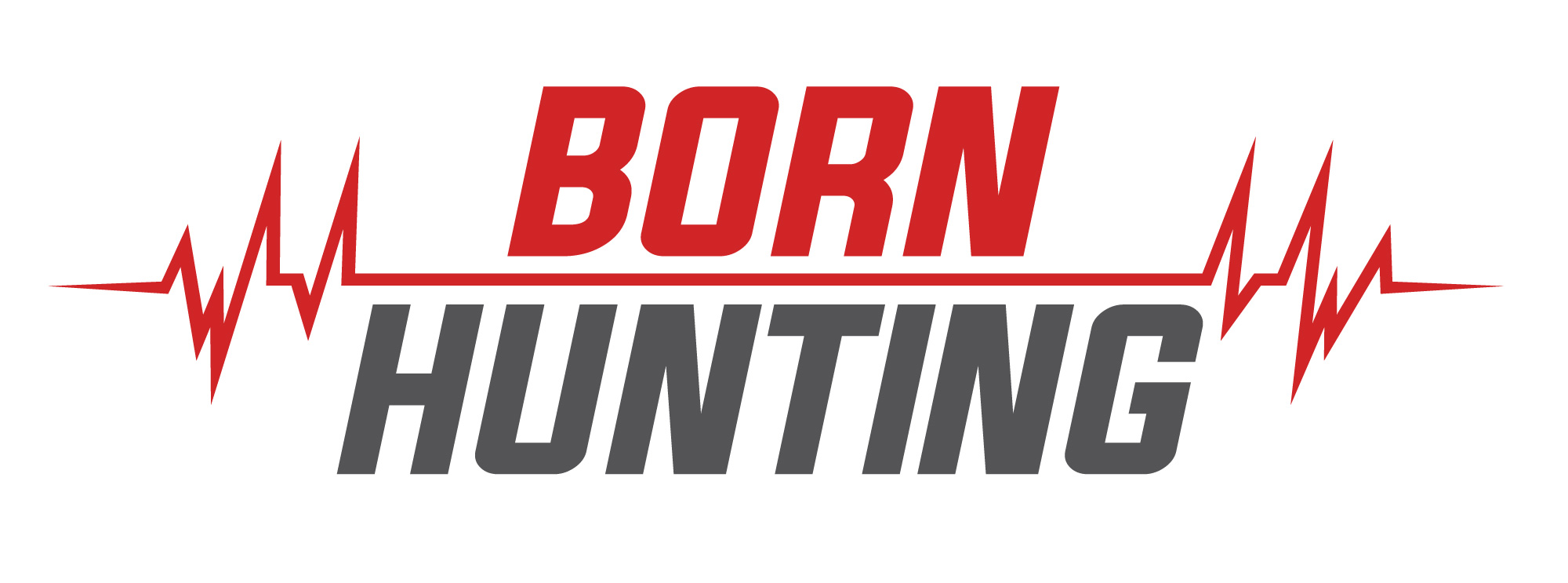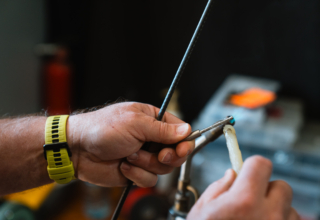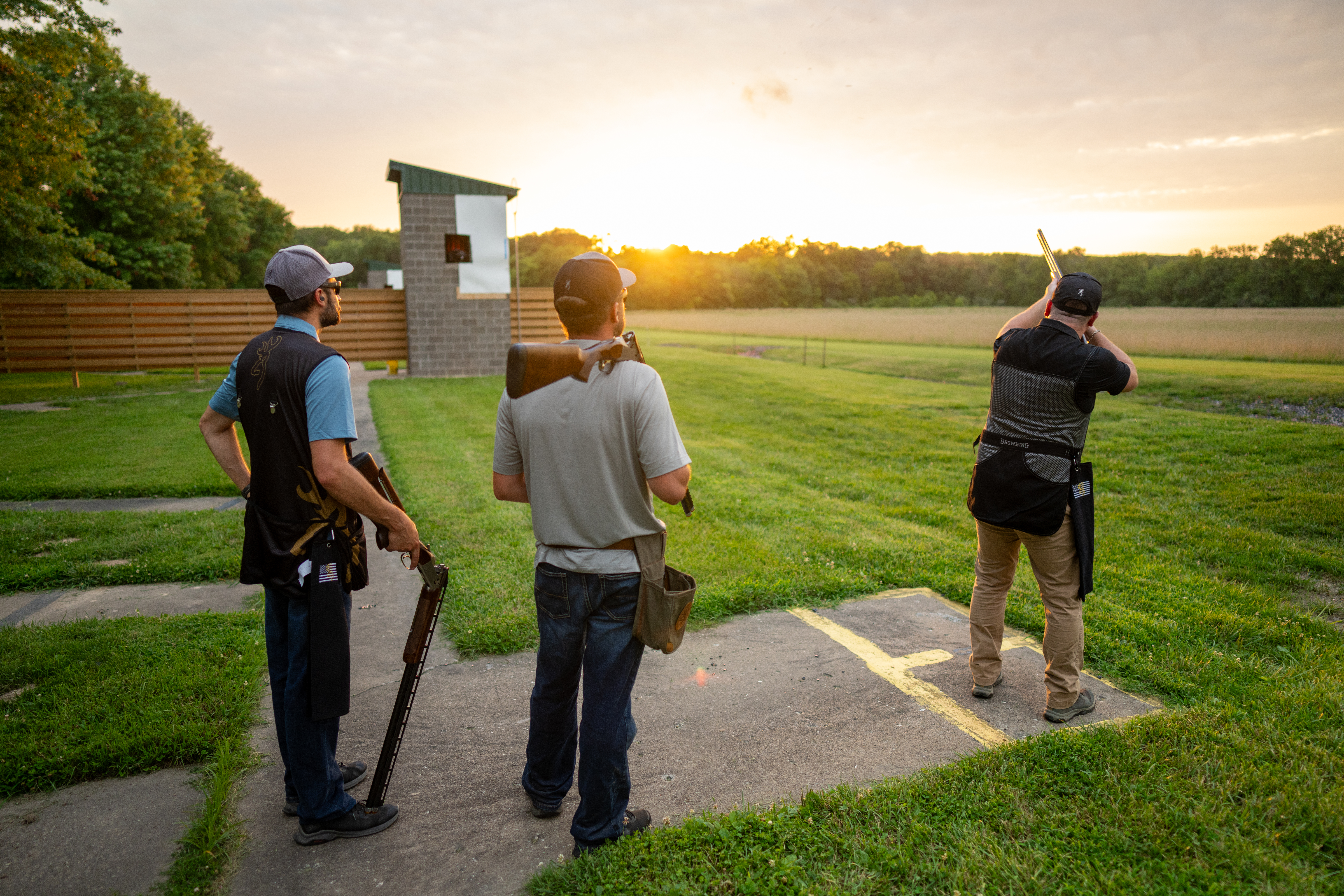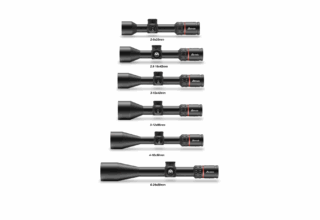It’s the lull — no, not the October lull. Instead, it’s the time between turkey season and spring bear. Don’t get lazy. Give your gear the once-over and amp up those practice routines.
by Josh Kirchner
It’s the aftermath of archery season. We are reflecting on what was and dreaming of what might come. This limbo phase of the year before spring turkey and bear seasons start is a great time to dial in some post-season checkups. The archery season is long and unleashes a natural wear that, if not cleaned up, could cost us future opportunities.
Below, I will run through some areas where I have experienced this natural wear and tear after every archery season. Knowing that these things are all buttoned up before my next season instills that much more confidence walking into it.
It’s Your Bow! Like All of It!
My bow looks anything but brand new at the end of a long archery season. It’s been banged on boulders, snowed on, left in the mud, and lugged around on a backpack throughout the West, in and out of a wide range of temperatures. The thing has been around the block, and it looks like the part. A little TLC is in order.

Clean It Up
First, clean all the surfaces of the bow. You don’t have to go nuts here, but give your baby a good lookover and clean anything that needs cleaning. I’m talking about mud in your cams, vegetation in your sight housing, excess grime build-up, etc. The bow doesn’t need to look like it got detailed, but clean stuff works more cleanly.
Tuning
This is a big one. If I had a dollar for every time my bow went out of tune by the end or even in the middle of a season, I’d have just a few bucks. Not gonna get you much in this day and age, but it only takes one encounter with a bow out of whack to be the cause of heartache down the road.
I like to go through my whole bow to ensure everything is as it should be, including cam timing, draw weight, drop-away rest timing, and all of my axis adjustments. Before I head afield again, I will ensure I’m shooting a bullet hole through paper at 3 and 6 yards. After that, it’s also wise to check your sight marks. Things happen out there. They can crush you if you don’t stay on top of them.

Limbs
The pro shop I go to says I’m rough on my gear, so take this for what it is. I also check my limbs. Just this past season, I took a hard fall during a deer hunt. My limb had a dent, and I thought it was fine. Had I not gone to the range for fun before heading back out to hunt, I would have never known that my limb decided to split.
String and Cables
Just like the limbs, inspecting string and cables is a good idea. These strings are under an immense amount of pressure all of the time, whether you’re shooting or not. A sharp rock can do a lot of damage in a hurry. Damage that could cause a heartbreak down the road. Look for fraying and even cuts along the open threads of your string and cables. If all is good, give them a good wax, and then remove any excess wax with a 3-D serving or dental floss. We don’t want gunk build-up.

Another factor here is time. Time waits for nobody. Seasons go by in a flash, and they add up. In that regard, letting something like changing your string fly under the radar is easy. You want to change your string and cable every two years. However, this varies by shooter and the quality of string you put on your compound bow. This is just maintenance required to keep the ship running at full capability.
Release Aid Rundown
Gosh, I think it was about 10 years ago now. Maybe more, but while on a deer hunt, I came to full draw and ended up punching myself in the face. My release had malfunctioned due to debris getting inside of the mechanism. Ever since that day, I have remained very aware of the health and well-being of my release aids. You should, too.

The black and white of a release is that it’s mechanical. Like most things I’m writing about in this article, mechanical devices can fail. Mechanical things require maintenance to keep running at 100 percent. Slowly, the performance will degrade. You might not notice it, primarily if you shoot most days, but it’s happening.
Things like triggers not being as crisp as they once were. Or a hook that doesn’t quite open/close nearly as smoothly. And then there is the worst case, where a release completely seizes up or won’t lock. I’ve personally seen all of this happen.
To help avoid things like this, give your release a good cleaning. The grime that builds up over time can make things sticky and not function properly. You can spray some Silicone lubricant in there and then blow that all out with an air compressor. I wouldn’t use WD40, because that has a tendency to create its own gunk.
Check Yourself
Last but certainly not least is checking ourselves. I know that my archery practice routines are consistent before hunting season. During hunting season, though? They honestly fall off of the map. I’m so consumed with hunting season that practicing with my bow falls between the cracks. It’s an excellent way for bad habits to creep in.

Consider recording yourself shooting or having a coach watch you, which is even better. Getting comfortable doing something out of scope without knowing it is easy. This is why having the aid of at least you watching yourself via video can help bring to light something that shouldn’t be there. And at least once a year, I like to get evaluated by a coach. I remember one time I unknowingly started leaving my release hand floating behind my ear at full draw. This is as opposed to being anchored behind my jawbone like it should be. The result of the float was inconsistent left/right hits.
Your bow needs a tune-up. You do, too, to ensure you’re operating at 100 percent.
Closing Remarks
If you ask me, the aftermath of the archery season is really the start of the pre-season. When one hunt ends, another begins. It’s a cycle that I look forward to year after year and one that has taught me a lot about how to get the desired results I’m after. So, if you’re anything like me, and bowhunting flows through your veins, consider what you’ve read today. These tips have helped me, and they will help you, too.














